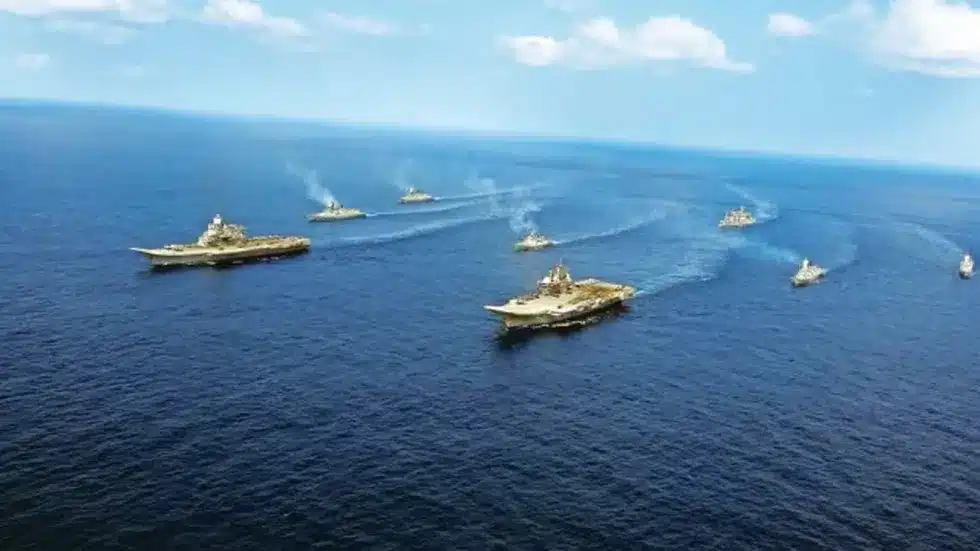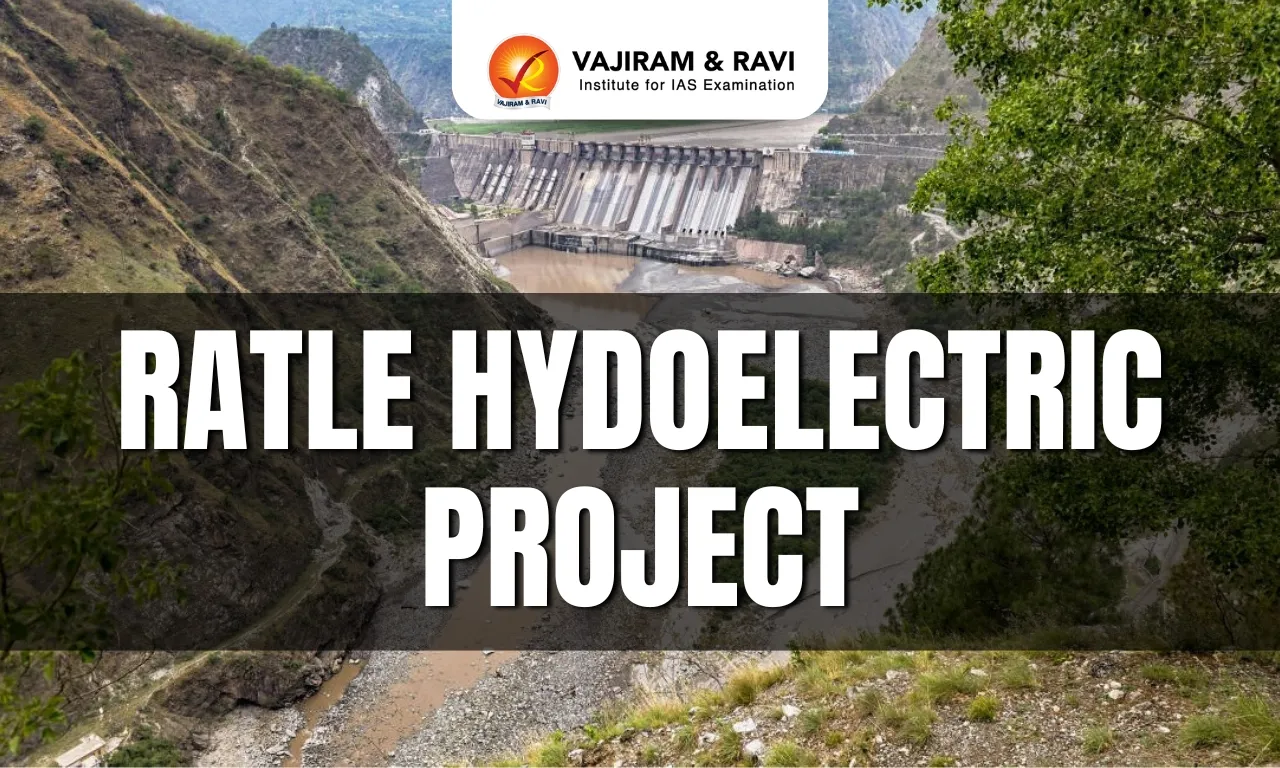About Regional Analysis of Indian Ocean System:
- It is a data assimilation system developed in Indian National Centre for Ocean Information Services (INCOIS).
- The previous version used only salinity and sea surface temperature, this upgraded version factors in sea surface height. The system has been under development since 2023 and was implemented in recent months.
- The new version has been incorporated with the Sea surface height anomaly (SSHA).
- In the new system, for running ocean models, observations are taken at the ocean’s surface and below the water at depths ranging from 3 metres to 2,000 metres, depending on the requirement.
- As a result, the ocean current analysis from the additional information obtained has improved the ocean current analysis.
Key facts about Indian National Centre for Ocean Information Services
- It was established as an autonomous body in 1999 under the Ministry of Earth Sciences (MoES) and is a unit of the Earth System Science Organization (ESSO).
- Mandate: To provide the best possible ocean information and advisory services to society, industry, government agencies, and the scientific community through sustained ocean observations and constant improvements through systematic and focused research.
- Activities:
- It provides round-the-clock monitoring and warning services for the coastal population on tsunamis, storm surges, high waves, etc. through the in-house Indian Tsunami Early Warning Centre (ITEWC).
- The Intergovernmental Oceanographic Commission (IOC) of UNESCO designated ITEWC as a Regional Tsunami Service Provider (RTSP) to provide tsunami warnings to countries on the Indian Ocean Rim.
- It povides daily advisories to fisher folk to help them easily locate areas of abundant fish in the ocean while saving on both fuel and time used to search for the same.
Q1: What is Salinity?
It is the dissolved salt content of a body of water. It is a strong contributor to conductivity and helps determine many aspects of the chemistry of natural waters and the biological processes within them.
Source: For better tracking of Indian Ocean’s health, INCOIS upgrades data assimilation system
Last updated on December, 2025
→ Check out the latest UPSC Syllabus 2026 here.
→ Join Vajiram & Ravi’s Interview Guidance Programme for expert help to crack your final UPSC stage.
→ UPSC Mains Result 2025 is now out.
→ UPSC Notification 2026 is scheduled to be released on January 14, 2026.
→ UPSC Calendar 2026 is released on 15th May, 2025.
→ The UPSC Vacancy 2025 were released 1129, out of which 979 were for UPSC CSE and remaining 150 are for UPSC IFoS.
→ UPSC Prelims 2026 will be conducted on 24th May, 2026 & UPSC Mains 2026 will be conducted on 21st August 2026.
→ The UPSC Selection Process is of 3 stages-Prelims, Mains and Interview.
→ UPSC Result 2024 is released with latest UPSC Marksheet 2024. Check Now!
→ UPSC Prelims Result 2025 is out now for the CSE held on 25 May 2025.
→ UPSC Toppers List 2024 is released now. Shakti Dubey is UPSC AIR 1 2024 Topper.
→ UPSC Prelims Question Paper 2025 and Unofficial Prelims Answer Key 2025 are available now.
→ UPSC Mains Question Paper 2025 is out for Essay, GS 1, 2, 3 & GS 4.
→ UPSC Mains Indian Language Question Paper 2025 is now out.
→ UPSC Mains Optional Question Paper 2025 is now out.
→ Also check Best IAS Coaching in Delhi

















